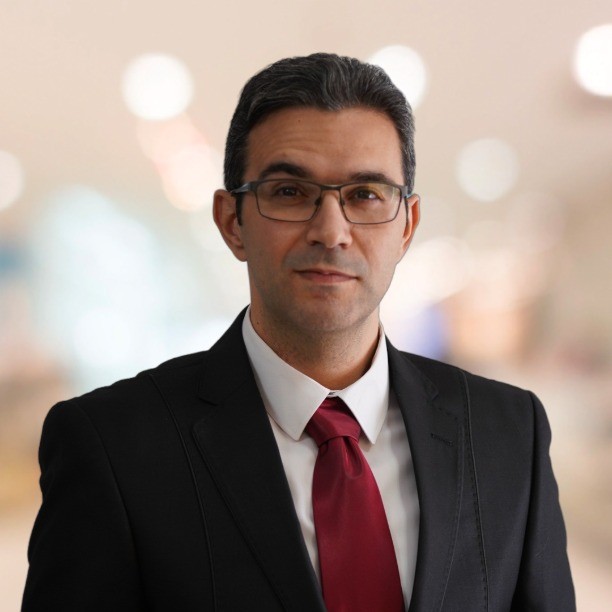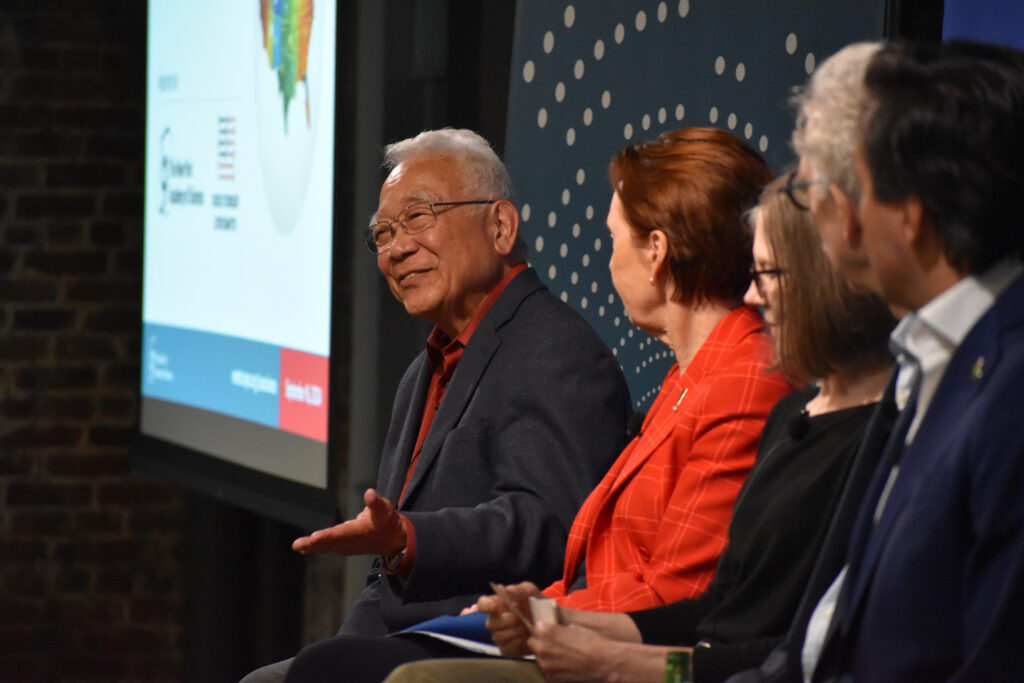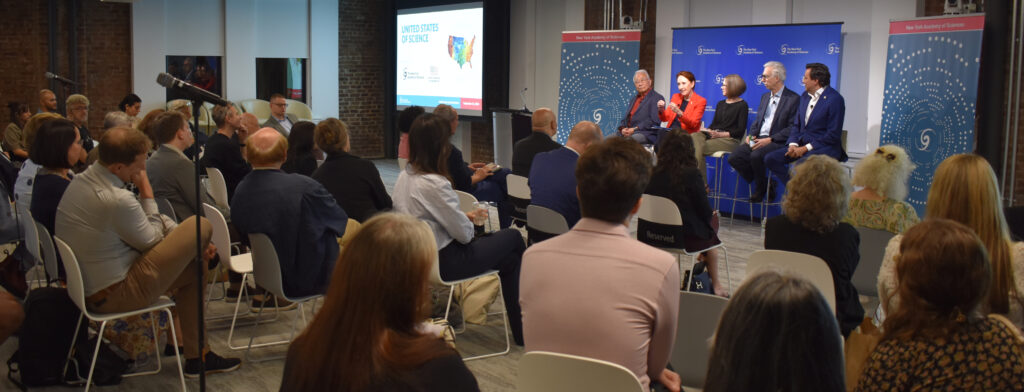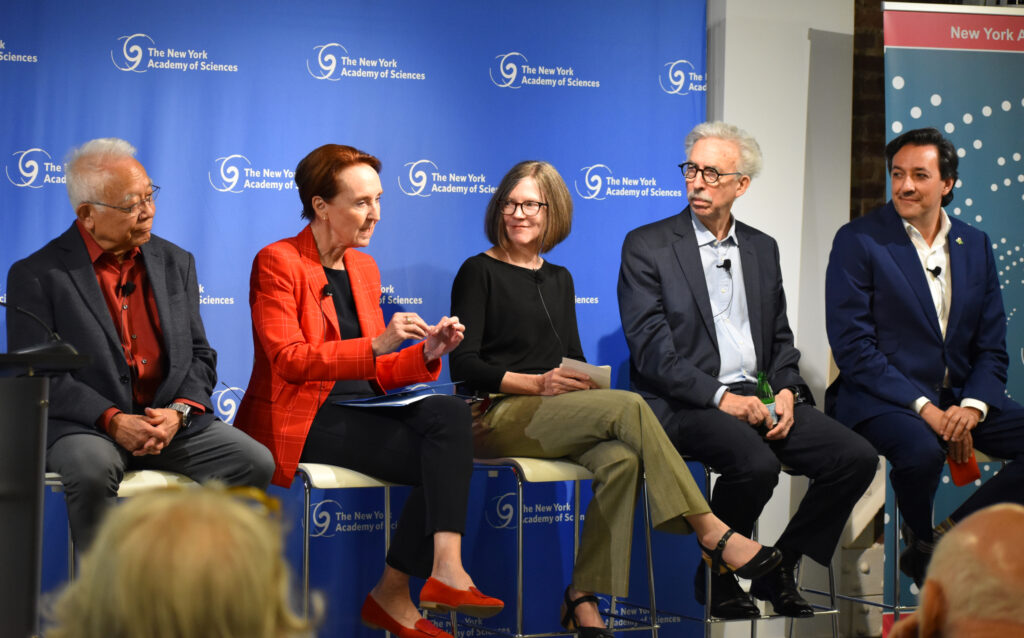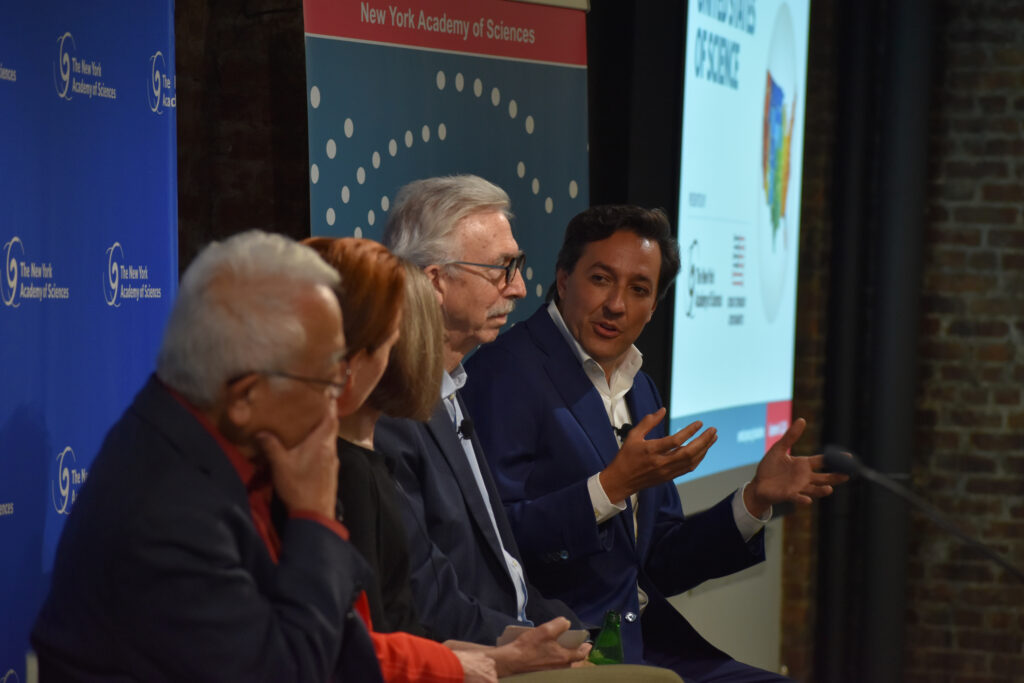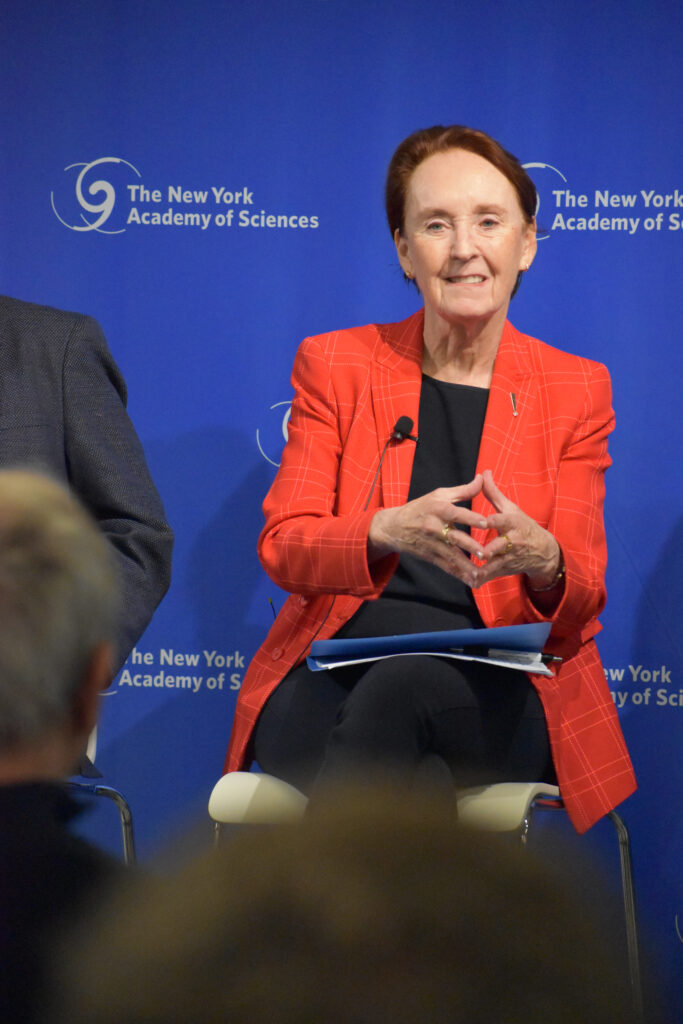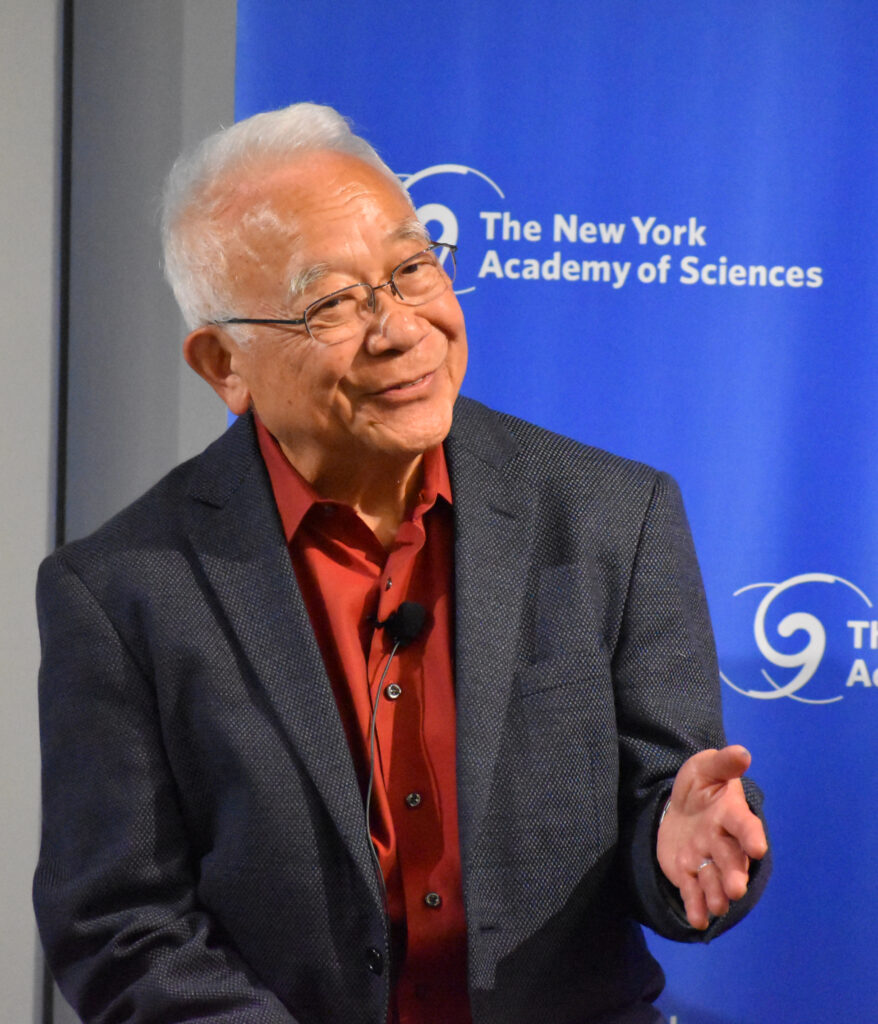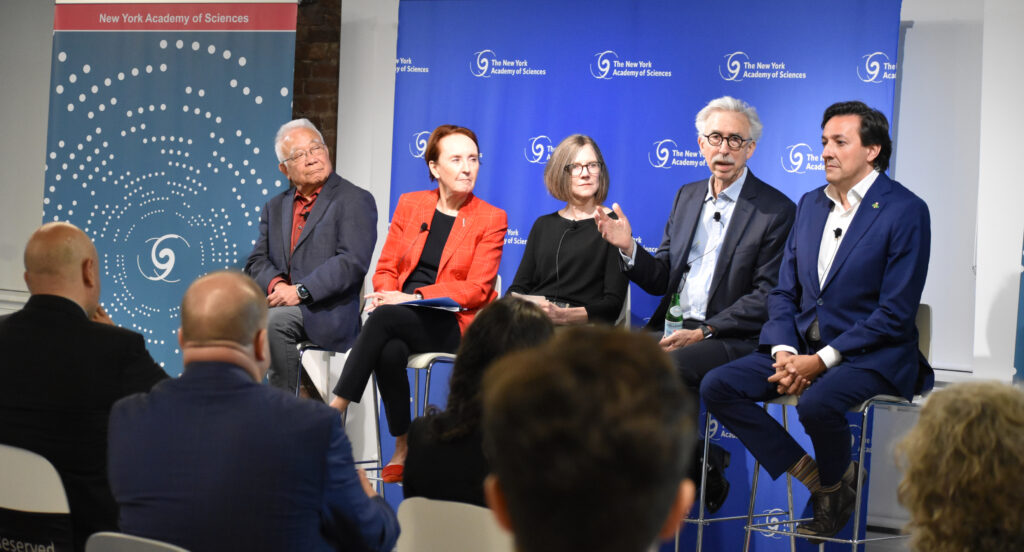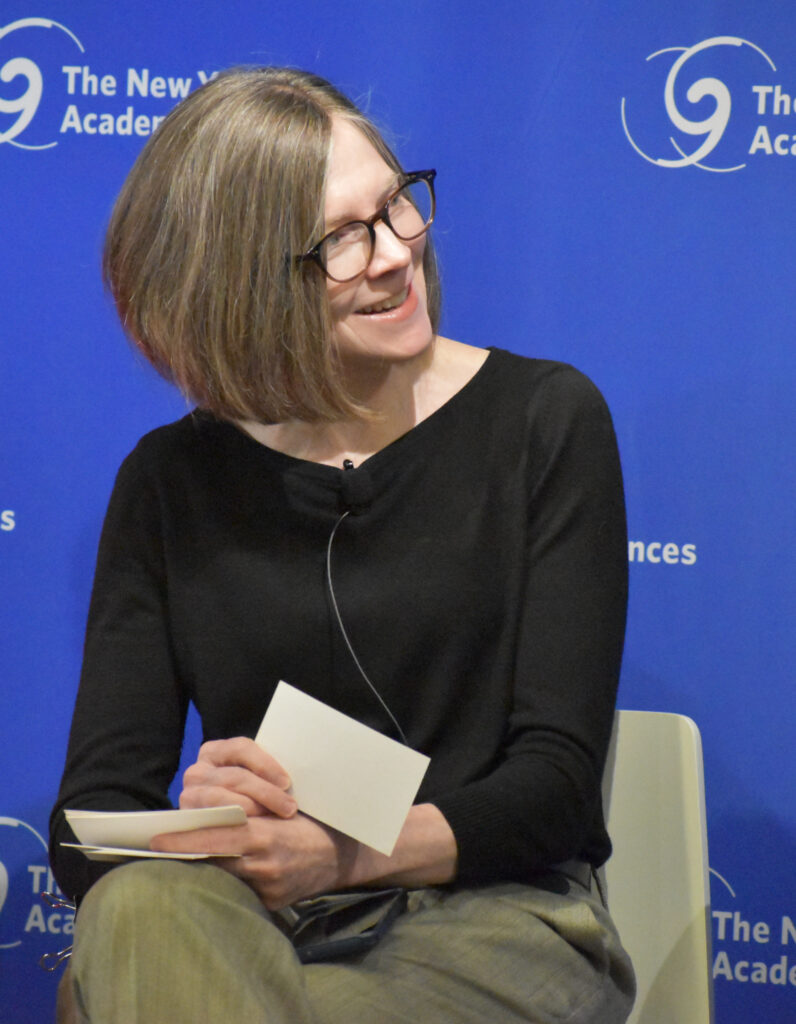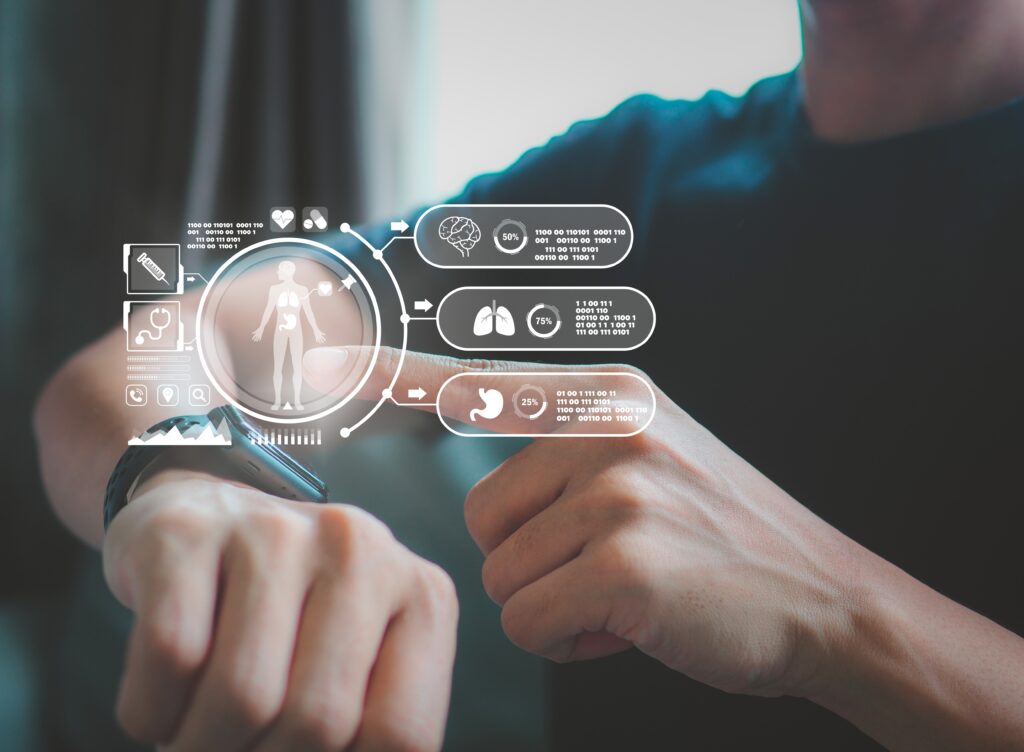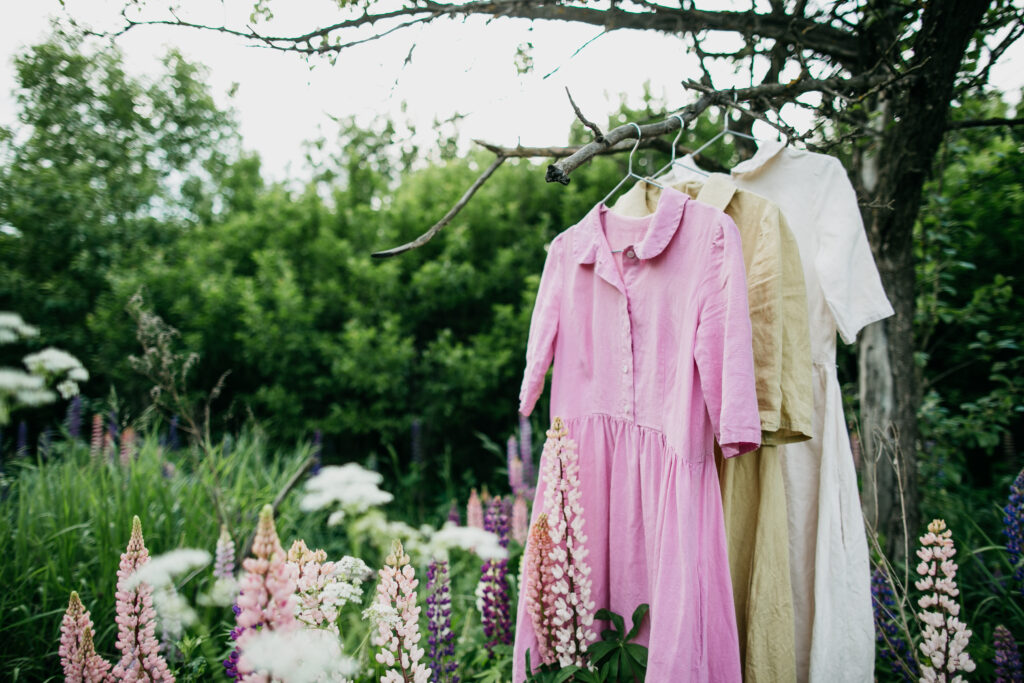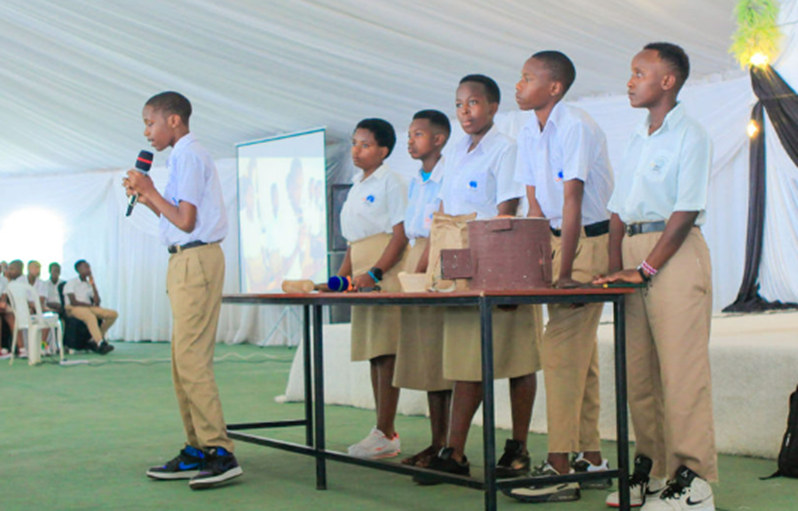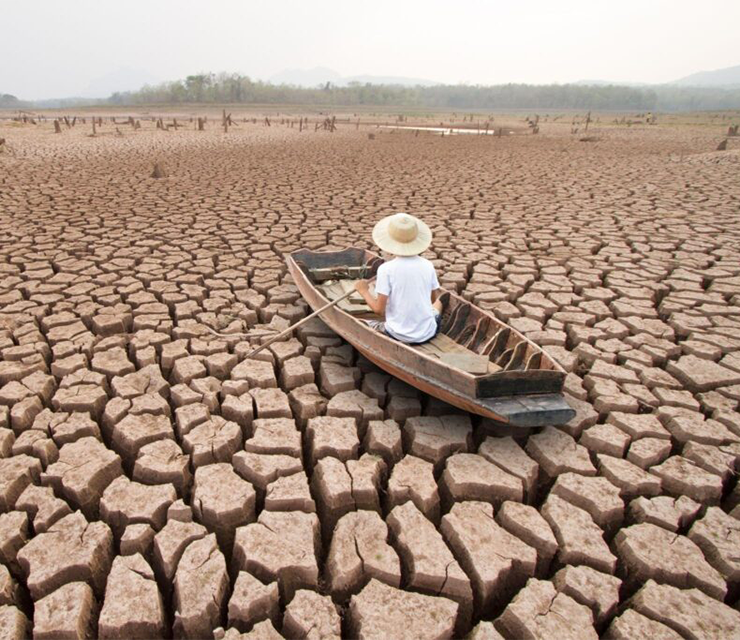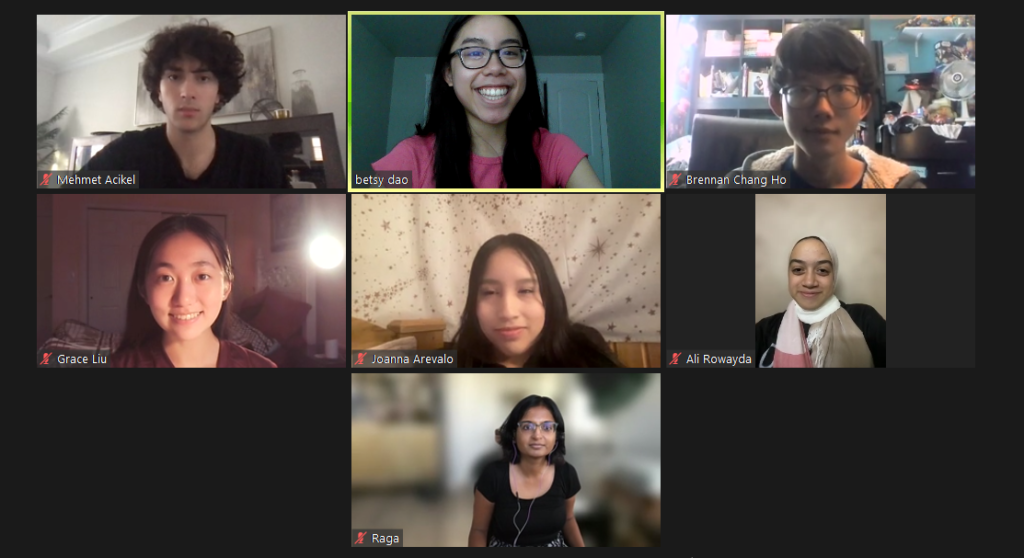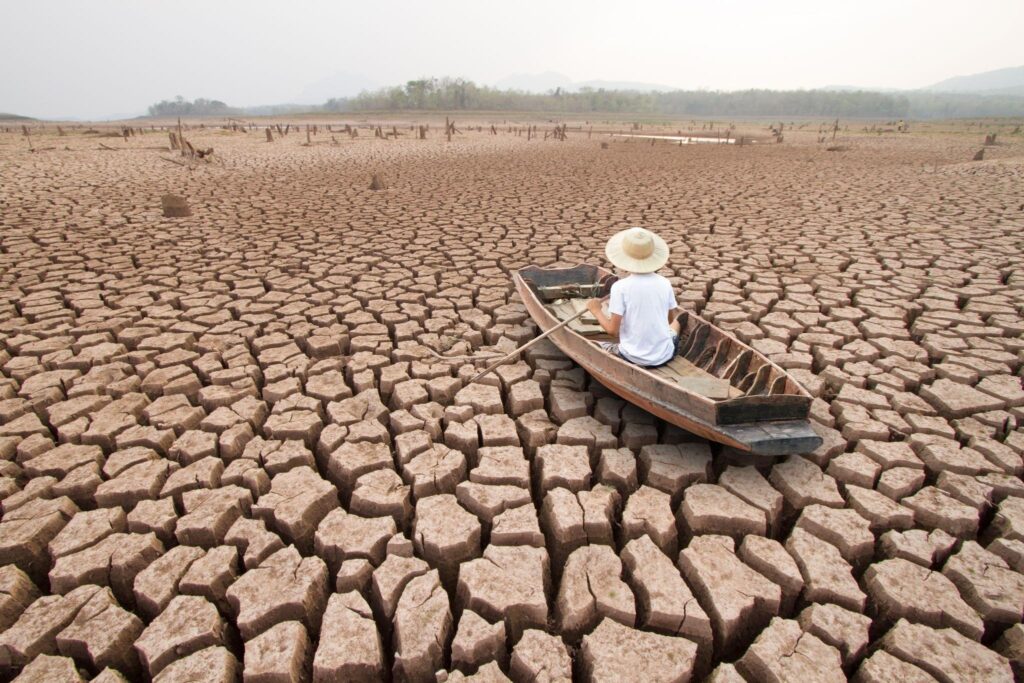
The International Science Reserve’s new “serious game” puts players in the hot seat to test their decision-making skills.
Published October 3, 2024
By Mila Rosenthal, PhD
Since COVID-19 hit in 2020, there have been hundreds of articles in journals and mainstream news outlets analyzing the shortcomings in the global response to the pandemic, and how we can learn from our collective mistakes. One of those articles last year, an op-Ed by Bill Gates for The New York Times, called on the world to think about what we can do now to better prepare the world for future outbreaks.
His advice? Prepare for outbreaks like firefighters tackle blazes: run drills, have dedicated teams of volunteers on standby, and build on existing expertise across institutions and specialties. The International Science Reserve (ISR), an initiative of The New York Academy of Sciences, has been working to build this exact model.
We have spent the last few years cultivating a reserve of over 11,000 scientists across 100 countries in nearly three dozen specialties who want to prepare and act when the next big crisis hits. We support them for future crises by building tools that break down borders and help them collaborate before the fire starts.
Gaming for Good
This August, we proudly launched a new digital game that simulates a pathogen outbreak, just like a fire drill. The Pathogen Outbreak Game, available with free membership to the ISR, puts our network in the hot seat. In the game scenario, players act as a public health director as an unknown pathogen emerges. The game asks you to consider: What would you do differently if we experienced a crisis of the same scale and scope? What decisions would you make if you could call the shots during the next pandemic?
“The Pathogen Outbreak Game offers a compelling exploration of crisis management, challenging me to think critically, much like real-world situations.”
Hazm Talab, ISR Community Member
Developed in partnership with the Center for Advanced Preparedness and Threat Response Simulation (CAPTRS), the game challenges players to navigate an evolving, hypothetical public health crisis, evaluating new information that is shared as the game progresses. When a crisis hits, there are complex decisions that leaders must make to protect people and reduce the impact on society and the environment. To simulate real-world situations, players are presented with dynamic information and surveillance data about an unknown pathogen outbreak.
In a series of game rounds, players are asked to practice their decision-making skills using data to identify outbreak trends and better prepare for and reduce the public health threat. This trailer demonstrates the basics of the Pathogen Outbreak Game:
The Next Pandemic and Building a “Culture of Readiness”
So, why games? Our research found that simulating real-life scenarios or drills can improve the capacity to collaborate, communicate, and make informed decisions in high-pressure crisis situations. Gamification also makes the experience of learning crisis preparedness skills more engaging for participants, encouraging wider participation and contributing towards a culture of readiness.
“I learned the importance of carefully evaluating the credibility of information before making decisions. The game highlighted how my conclusions could change drastically based on the reliability of the sources, demonstrating the critical need to assess information accurately to identify the correct virus.”
Yury Lebedev, ISR Community Member
Our gamification-related literature review found that points, badges, and leadership boards are the best way to turn these drills into games. After they complete the game exercise, players are then encouraged to discuss their experiences with fellow scientists and experts in the ISR’s network and promote their achievements through digital badging on social media.
We do not know when another outbreak will happen, so in the meantime we need to quickly learn and grow from our mistakes, and better collaborate across disciplines and borders to save lives and reduce harm. The digital pathogen game can help build a “culture of readiness” and accustom policymakers to assessing different sources of scientific information to make decisions. It can also help scientists explore how their research could be prioritized and adapted when most needed. Together, we could build a more resilient future, one game at a time.
Are You Ready for the Challenge?
Ready to jump in? Then join us and play the ISR’s new Pathogen Outbreak Game! Earn badges, climb the leaderboard, and be recognized as a top player and top contributor in a global scientific community.
Not a member of this inclusive and impactful community? Join the ISR today.
